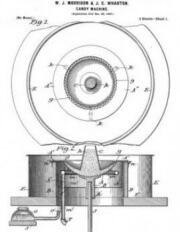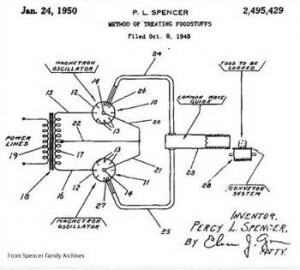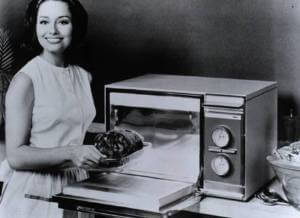Tio de Nadal
Some homes hang stockings from the mantelpiece. Families in Catalonia, Spain, celebrate the run-up to Christmas by placing a Tió de Nadal in front of the fireplace. Although Tió de Nadal translates most wholesomely to “Christmas log,” it is better known by the name Caja Tió, which we’re going to refer to as “Poop Log” in order to avoid offending any delicate sensibilities. Feel free to fill in the appropriate four-letter word as needed.

Originally a simple rough-hewn piece of wood, the tió’s appearance has been upgraded in recent years. Modern iterations stand on two or even four stick legs, have a smiling face painted on the upper end and often sport a red hat.
Beginning on December 8th to coincide with the Feast of the Immaculate Conception, children must “feed” the tió bits of fruits, nuts and water, draping it in a blanket to keep it warm, in the hope that their care will awaken its spirit of generosity so it will poop out many gifts on Christmas Day.
The children’s kindness ends there. They must go into another room to pray for the poop log to deliver lots of goodies while the adults surreptitiously place gifts under the blanket. (We’re assuming the log doesn’t have magical powers.) Then the children reenter and beat on the log with sticks to make it defecate while they sing various versions of the Caga Tió song.
|
|
After each verse, a child reaches under the blanket and takes a gift. After opening it, the song begins again. The tió gives candies, nuts and dried fruits; larger items are believed to be delivered but the Three Wise Men. (Duh!) The log drops a herring, head of garlic or onion to indicate there is no more poop to be had. (That part may be magic. We’re not sure of logistics involved.) At that point, the beatings cease and the tió is thrown into the fire and burned.
You can’t make this s*** up.
![]()



 Dentist William Morrison and confectioner John C. Wharton invented the first electric spinning
Dentist William Morrison and confectioner John C. Wharton invented the first electric spinning  In 1949, Gold Medal Products launched a
In 1949, Gold Medal Products launched a  In 1955, Raytheon and a company called Tappan collaborated on the
In 1955, Raytheon and a company called Tappan collaborated on the 
